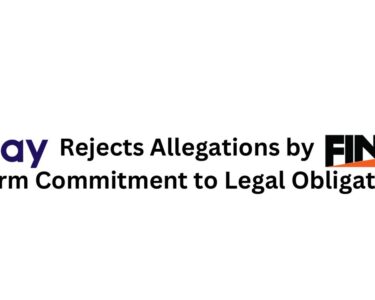Oracle Corporation released a Global Engagement Study today that includes feedback from nearly 5,000 full-time employees at organizations with 250 or more employees. The study indicated that equipping employees with the latest technology, having accessible leaders and strong company values are important factors that ultimately reflect an employee’s success or failure within the company.
Digital Enablement
Technology is enabling companies to connect with employees in more ways than ever to create a more modern and customized learning experience. However, findings from the study indicate low marks when it comes to companies capitalizing on this—only 49 percent of respondents say that their company uses the latest technology to enable them to effectively perform in their role.
“The all-digital world is changing how we live, how we work and how business is conducted,” said Yazad Dalal, Head of Human Capital Management (HCM), Oracle APAC. “Gone are the days when the workplace was merely a physical space that employees occupied between 9 am to 5 pm. The separation between professional and personal lives has dissolved through the use of mobile devices, changing work patterns, and the change in attitude towards work by employees and employers.It is undeniable that employees are digital consumers first. We believe the employee experience must match the consumer experience, at a minimum.”
Leadership
The findings also express that a strong presence in leadership is the backbone for an employee feeling satisfied and engaged. The study indicates that productivity starts with onboarding – across Asia Pacific, employees are unsatisfied with the process, with only 48 percent agreeing that company onboarding practices set them up for growth and success. Not only are managers the first impressions of a company during onboarding, but they are also the first example of direction for the new worker. Only 49 percent of those polled viewed their leaders as visible and approachable and less than half expressed that they have confidence in their leadership, indicating a lack of partnership between management and employees.
“Your new hire has already made the decision to stay or go within the first 14 days of employment,” said Dalal. “That means that these first 14 days are pivotal to building rapport with the company and management. First impressions matter and leaders need to be accessible. Don’t stop communication once your new hire has signed on. You must continue to invest with a great onboarding experience and career plan that aligns with personal goals and values of the employee. Both short and long term, this will ultimately lead to a more productive and engaged employee that wants to stay.”
Additionally, this study included key indicators for a healthy leadership to employee relationship:
- Set examples of how best to communicate with those working under you
- Remain extremely accessible so that people feel connected to company goals
- Be actively involved in the working lives of new employees from the day they start
- Use technology and digital experiences to stay in touch with team members
Values, Culture & Reward
What’s more, companies are now seeing that like-minded values between the employee and the company play a huge role in employee engagement. Only 46 percent say that their company is concerned about their overall well-being—indicating that working towards a personally rewarding goal, while still upholding individual values can carry even more weight than monetary compensation.
Company culture mirrors these sentiments as employees are most comfortable and productive within a creative, yet flexible workplace culture. While compensation is often seen to be connected to employee satisfaction, we are now seeing that individuals are more interested in joining companies that uphold their same personal values to gauge if they are a good fit. Whether it’s a more flexible work schedule, more volunteer or health & wellness opportunities, companies too should now be listening and connecting with employees in more ways that correlate with their personal well-being.




